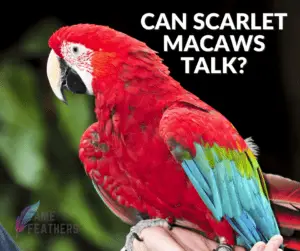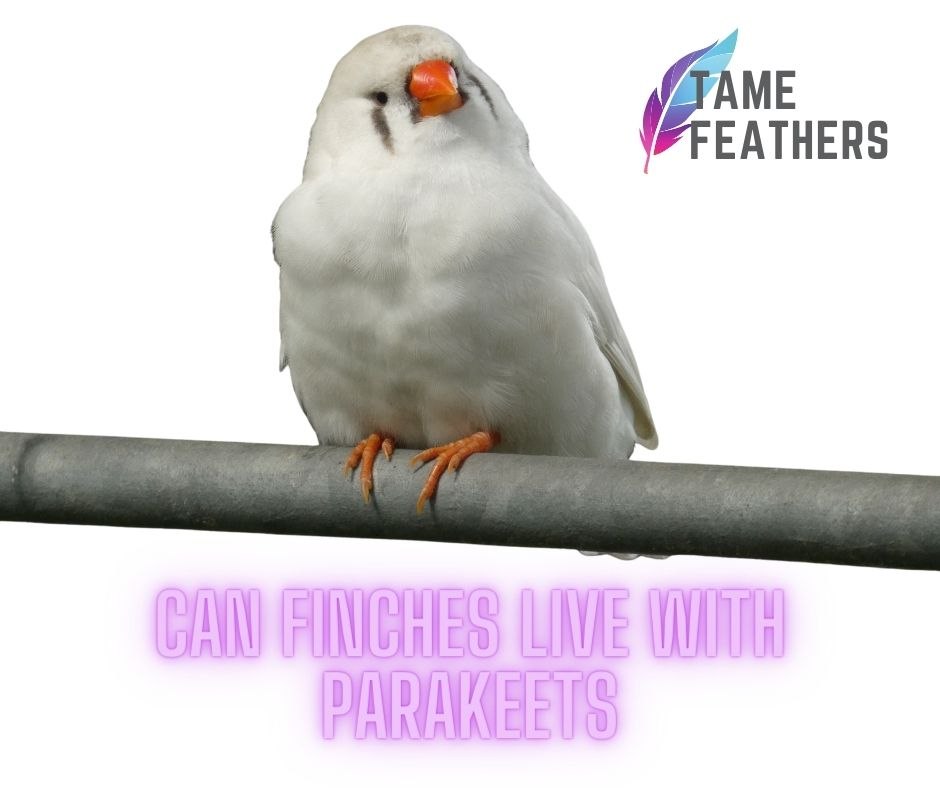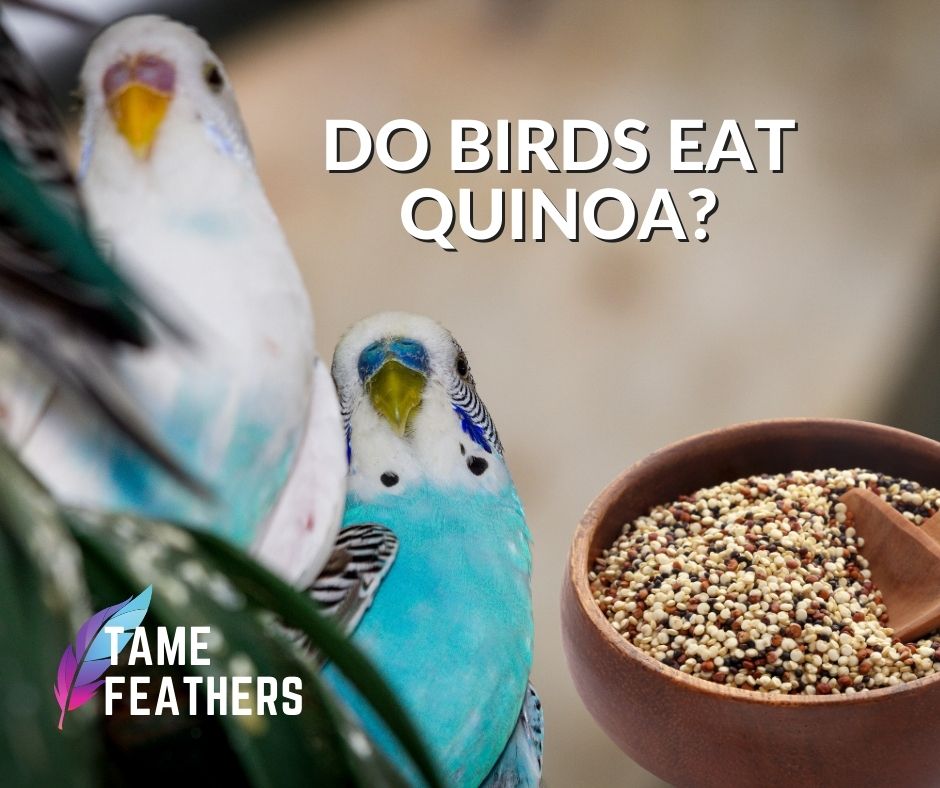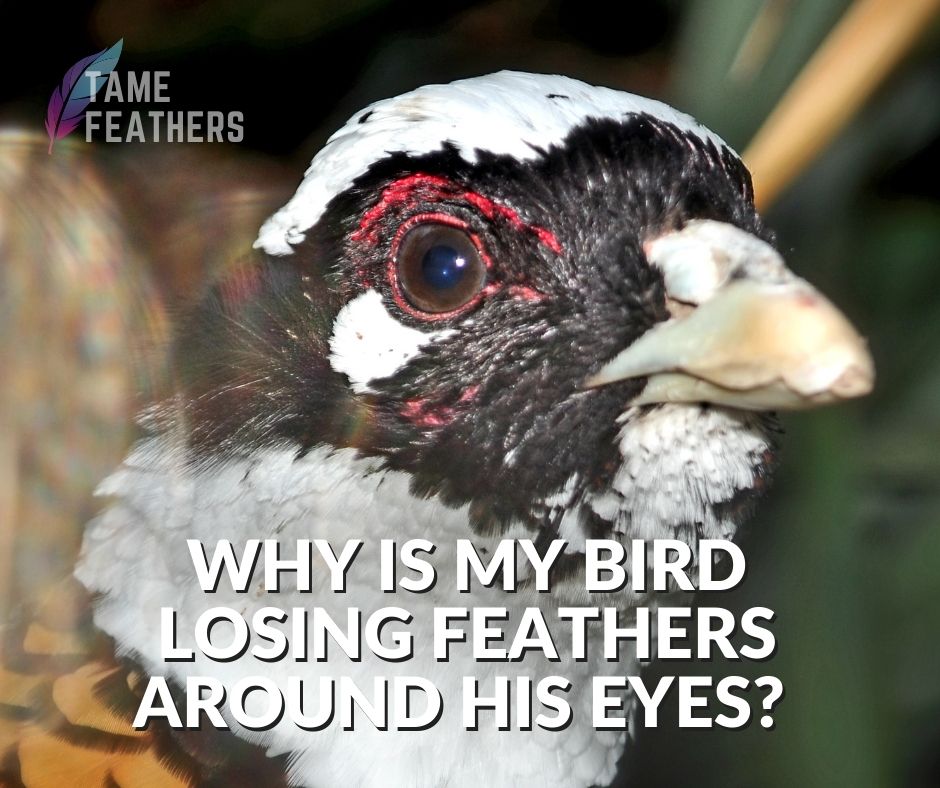Have you seen your parakeet frequently flapping its wings in place? Does this behavior seem typical, or is there a problem?
When your cherished pet bird behaves in this way and you are unable to understand it, it can be frustrating.
We are here to assist, so don’t worry. We’ll talk about the potential causes of a parakeet’s stationary wing fluttering in this post, along with solutions.
Read on for useful advice about comprehending your feathered buddy, whether you’re a new or experienced bird owner.
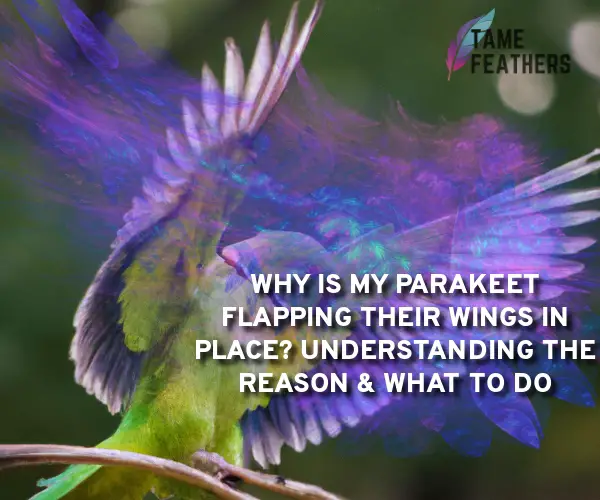
- What Causes Parakeet Flapping Without Movement?
- What Are Some Solutions To Stop Parakeet From Flapping Its Wings Without Movement?
- How Can You Prevent Your Parakeet From Developing This Issue In The Future?
- Can Human Interaction Help Reduce Anxiety Levels In A Parrot?
- How Can We Teach Our Pet Bird New Tricks?
- Have You Tried This Gourmet Parrot Food?
- We Thought You Might Want To Know This About Parakeets… 😊
What Causes Parakeet Flapping Without Movement?
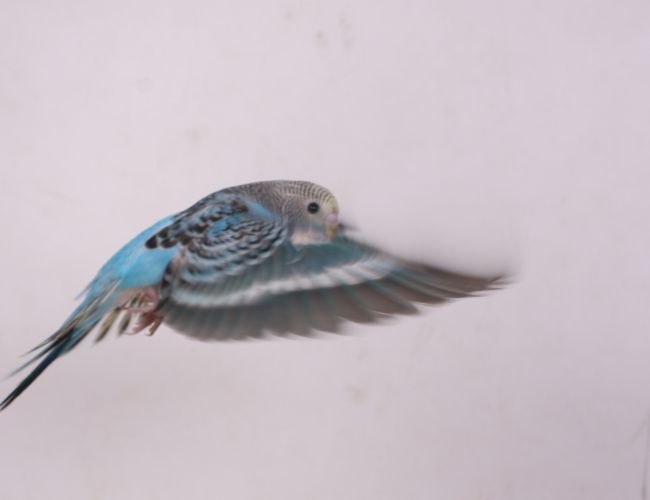
Parakeets are known for their fluttering wings and vibrant colors, but if yours is flapping its wings without moving, it could be a sign of something more serious.
This behavior can indicate anything from boredom or anxiety to physical illness or injury.
The most common cause of this type of wing-flapping is an imbalance in the bird’s diet, which means that it isn’t getting enough of the vitamins and minerals necessary for proper health.
Other potential causes include:
- lack of space to fly around in
- improper cage size for their breed
- overstimulation due to too many toys/objects in the cage at one time
- psychological issues such as stress or depression caused by environmental changes/lack of socialization with other birds/humans
- physical ailments like broken feathers or malnutrition
What Are Some Solutions To Stop Parakeet From Flapping Its Wings Without Movement?

The best way to stop your parakeet from flapping its wings without movement is to figure out what’s causing the problem in the first place.
If it’s dietary related, then you should adjust their food accordingly so they get all the nutrients they need. If it’s space related, then give them more room to move about.
If it’s an issue with too much stimulation, then make sure there aren’t too many objects inside their cage. If there are any underlying medical conditions present, then take them immediately to a vet.
Additionally, you may want to consider providing them with some form of mental stimulation like interactive toys or spending extra time playing with them outside their cage each day so they don’t become bored easily.
How Can You Prevent Your Parakeet From Developing This Issue In The Future?

Preventing your parakeet from developing this issue again will require a few simple steps:
Firstly, make sure that you provide them with high quality nutrition that meets all their nutritional needs – including plenty of fresh fruits & vegetables as well as pellets & seed mixes designed specifically for parrots.
Secondly, create an environment where they feel safe & secure either by providing additional perches in different areas within the cage (so they have places where they can escape) and ensuring regular visits from family members who can interact positively with them (this helps reduce stress levels)
Thirdly, try introducing new elements into their routine such as ‘bird puzzles‘ which help stimulate mind and provide mental challenges.
Fourthly, ensure that your pet has access to natural sunlight whenever possible. Lastly, monitor any changes both physical & behavioural closely so problems can be identified early on before becoming bigger issues later down line!
Can Human Interaction Help Reduce Anxiety Levels In A Parrot?
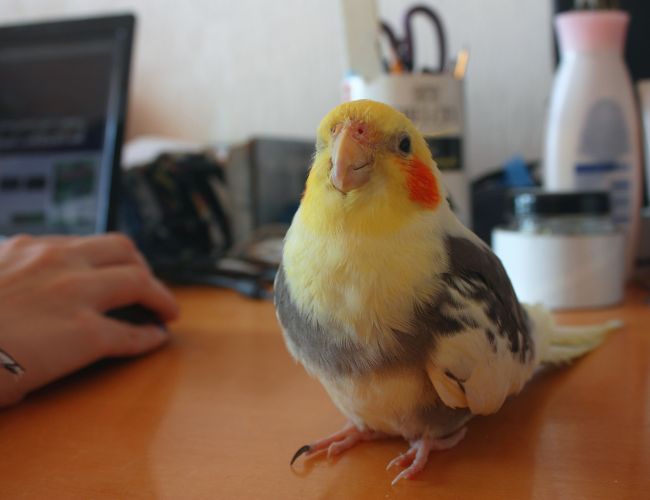
Human interaction definitely plays a role when trying reduce anxiety levels experienced by birds – especially those kept solely indoors.
When we spend quality time interacting directly with our feathered friends we build trust between us two thus reducing fear felt towards us humans making bird less likely experience feelings anxiousness when exposed situations involving human presence e g being handled during grooming sessions trips vet etc.
How Can We Teach Our Pet Bird New Tricks?
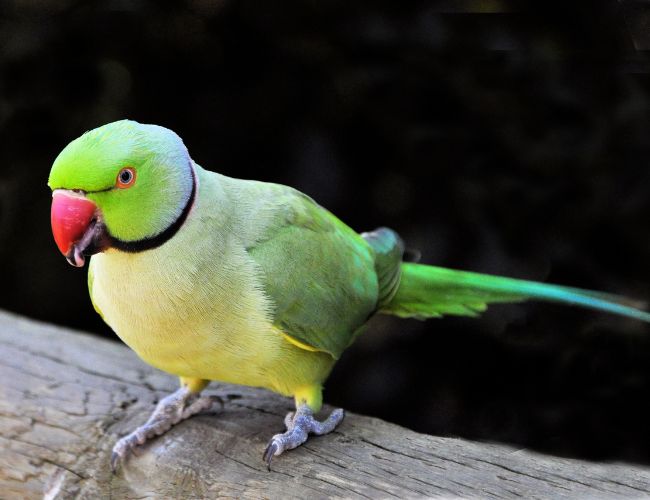
Teaching pet bird tricks depend upon species breed capabilities. The general rule of thumb is to always start small. From short and simple commands, gradually increase complexity. Then, reward positive behaviour with treats.
Have You Tried This Gourmet Parrot Food?
We get so much good feedback on these Bistro Parrot Food packs! Our readers feathered friends are absolutely loving it! The best part is, it is suitable for all birds and parrot-types: Parakeets, Cockatiels, African Greys, etc. Check it out…
[amazon box=”B086KLFSZQ”]
We Thought You Might Want To Know This About Parakeets… 😊
Thanks for reading this article: “Why Is My Parakeet Flapping Their Wings In Place? Understanding The Reason & What To Do” Seeing as you were interested in this topic, you might find the following articles useful, too!
Have a read of these…
why do parakeets kiss,
parakeet molting symptoms,
my parakeet flew away

